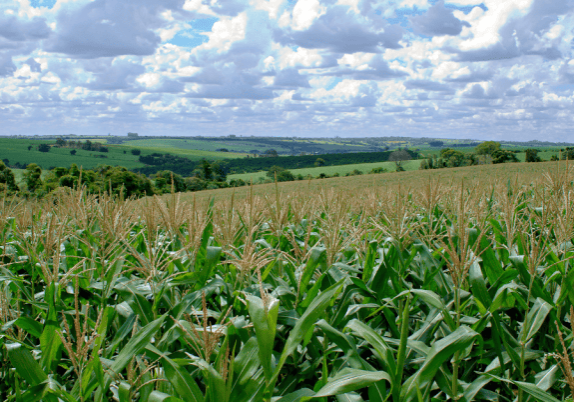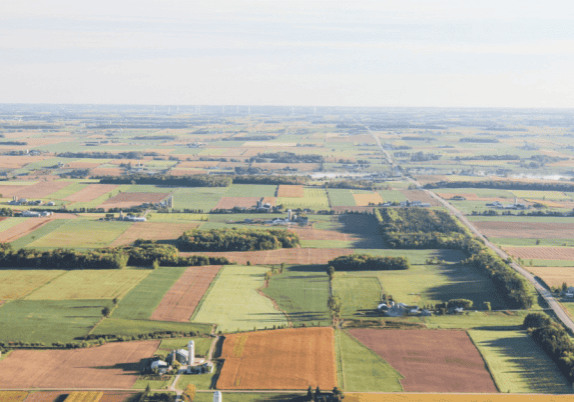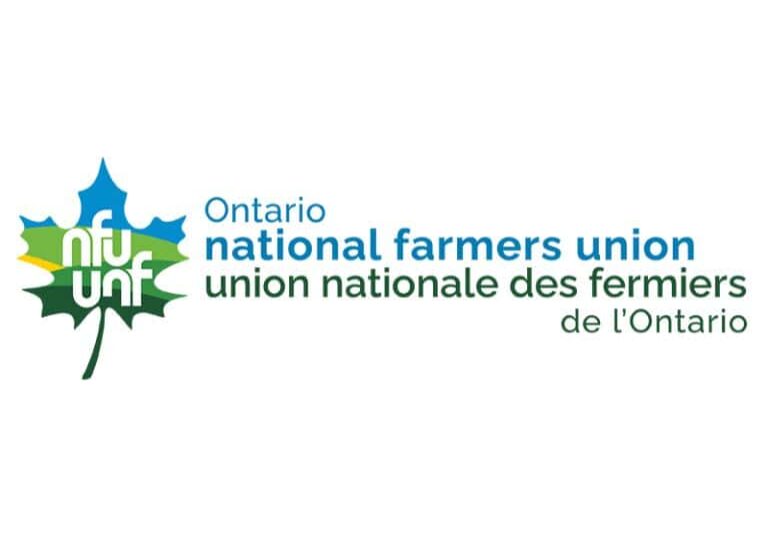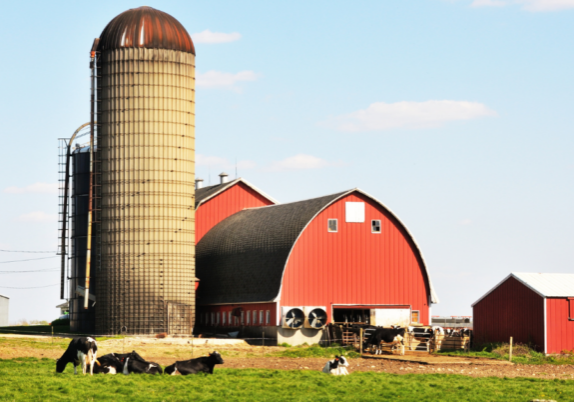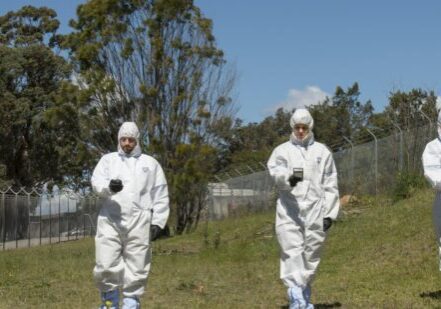Letter to Minister Smith Regarding Green Energy Procurement Guidelines
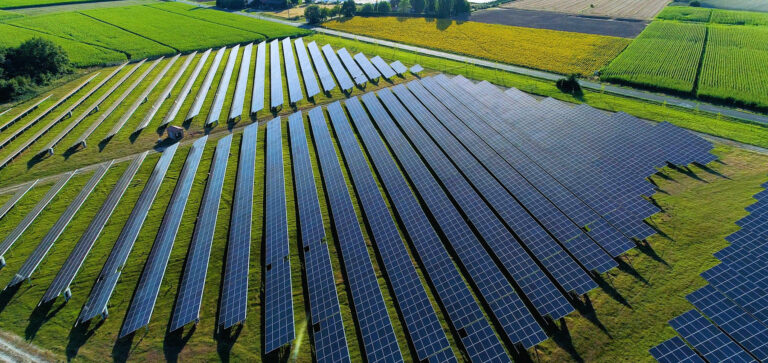
Re: Green Energy Procurement Guidelines
Minister Smith,
The National Farmers Union of Ontario (NFU-O) is an accredited farm organization representing thousands of sustainable farmers in Ontario. We have advocated for farmers across Ontario and Canada since 1969. Members work together to achieve agricultural policies that ensure dignity and income security for farmers, while protecting and enhancing rural environments for current and future generations. We believe in the importance of a healthy, viable, and sustainable supply of food products grown, harvested, and processed right here at home. It is encouraging that the Government of Ontario is committed to ensuring that Ontario has a reliable and affordable electricity system in response to ongoing and growing electricity needs expected in the future. The NFU-O membership believes in, supports, and advocates for electrification as a way to decarbonize our systems and tackle the climate crisis, which inherently impacts farmers across the country. As the Province develops Green Energy Procurement Guidelines to work towards this goal, the NFU-O strongly advocates that electrification development is complementary to farmland protection, in order to balance the need for energy infrastructure against the continuing decline of Ontario’s limited farmland. The NFU-O believes that following guidelines set out in the Provincial Policy Statement (PPS) for site selection, conducting agricultural assessments for projects proposed on agricultural land, incentivizing the development of electrical infrastructure on non-agricultural lands, and conducting proper research in advance are essential to sound electrical infrastructure development decision-making. As the Ministry of Energy works to develop the IESO (LT2) directive, the NFU-O has the following recommendations for your consideration.
Site Selection
It is imperative to follow site selection guidelines set out in the PPS for all development on prime agricultural land, including electrical infrastructure development. The IESO (LT2) directive should prohibit development on specialty crop areas, informed by PPS section 2.3.1, stating that prime agricultural areas shall be protected for long-term use for agriculture. Additionally, PPS section 2.3.6 outlines the procedure for permitting non-agricultural uses on prime agricultural land, requiring the land not to be a specialty crop area, that minimum distance separation (MDS) formulae are respected, and that there are no reasonable alternative locations that avoid prime agricultural lands. The NFU-O advocates that the IESO (LT2) directive follow these pre- established guidelines and prohibit any electrical infrastructure development on prime agricultural lands, requiring that all efforts be made to find alternative sites for energy infrastructure. To accomplish this, financial incentives should be offered for siting projects on lands not designated as prime agricultural (specifically Class 1 and 2 farmlands) and significant heritage lands. If non- agricultural sites are not available in a target development area, it is integral that energy projects are not sited where they will cause fragmentation to prime agricultural areas.
Agricultural Impact Assessments
The NFU-O strongly recommends that all green energy projects are required to undergo agricultural impact assessments to ensure that prime agricultural areas and agricultural systems are maintained in the province. Evaluating the potential impacts of non-agricultural development on agricultural operations and systems is essential to strong decision making around widespread electrical infrastructure development. Agricultural assessment studies are already required in the Greater Golden Horseshoe (GGH), but should be enshrined in the RFP rules to have a wider impact across the province, considering the scale and intensity of electrical infrastructure development in the following decade, and the threat this could pose to Ontario’s depleting farmland base.
Further Research Required
Specific studies are needed to better understand potential complementary relationships between electrical infrastructure and farmland. In particular, further investigation is needed for wind and mounted solar development on farmland, and the potential opportunities for coexistence without negative impacts on farming. Other provinces, like Alberta, have prioritized a precautionary research approach, to ensure that electrification is symbiotic with agriculture. The NFU-O advocates that further independent research into potentially symbiotic systems like agrivoltaics be conducted in advance of site selection, or until we better understand any potential negative impacts to livestock and farm operations.
The NFU-O believes that energy infrastructure development decision-making that adheres to the PPS protections for prime farmland, conducts precautionary research and land assessments, and incentivizes development on non-agricultural land is necessary to meet the goals of both industries. Ensuring that electricity infrastructure sites can coexist with agricultural production is imperative to maintaining and growing Ontario’s $9.3 billion agricultural industry, protecting farmland for future generations, and advancing Ontario’s electrification development goals responsibly.
Sincerely,
Max Hansgen
President, National Farmers Union – Ontario
